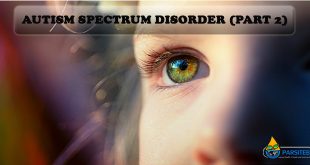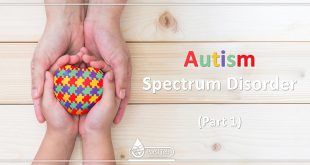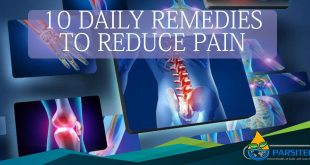The muscular dystrophies (MD) are a group of genetic diseases characterized by progressive weakness and degeneration of the skeletal or voluntary muscles which control movement. The muscles of the heart and some other involuntary muscles are also affected in some forms of muscular dystrophy, and a few forms involve other organs as well.
Some forms of MD are seen in infancy or childhood, while others may not appear until middle age or later. The disorders differ in terms of the distribution and extent of muscle weakness, age of onset, rate of progression, and pattern of inheritance.
Duchenne MD is the most common form of MD and primarily affects boys. It is caused by the absence of dystrophin, a protein involved in maintaining the integrity of muscle. Onset is between 3 and 5 years and the disorder progresses rapidly. Most boys are unable to walk by age 12, and later need a respirator to breathe.
About 1 out of every 3,500 to 5000 boys is born with MD, and there are about 400 to 600 new cases each year in the United States. Girls in these families have a 50 percent chance of inheriting and passing the defective gene to their children.
Boys with Becker MD (very similar to but less severe than Duchenne MD) have faulty or not enough dystrophin.
Facioscapulohumeral MD usually begins in the teenage years. It causes progressive weakness in muscles of the face, arms, legs, and around the shoulders and chest. It progresses slowly and can vary in symptoms from mild to disabling.
Myotonic MD is the disorder’s most common adult form and is typified by prolonged muscle spasms, cataracts, cardiac abnormalities, and endocrine disturbances. Individuals with myotonic MD have long, thin faces, drooping eyelids, and a swan-like neck.
What are the symptoms of Muscular Dystrophy?
A symptom is something the patient senses and describes, while a sign is something other people, such as the doctor notice. For example, drowsiness may be a symptom while dilated pupils may be a sign.
The symptoms of muscular dystrophy are the result of a deterioration of the body’s muscles. This deterioration is due to the death of the muscle cells and muscle tissues and leads to ongoing muscle wasting and muscle weakness. Muscular dystrophy progresses and gets worse over time eventually. This results in difficulty walking, disability, the need for leg and hand braces, and ultimately the use of a wheelchair.
The muscle weakness of muscular dystrophy often begins in the legs. This makes it difficult for a child to walk normally, and he or she may walk with their feet wide apart to help keep balance. The child may use his or her hands and arms to get up from the floor and assist with standing. There may be frequent falls, a waddling gait, limited range of motion and pain in the calves. By 12 years of age, a child is often completely unable to walk and must use a wheelchair.
Over time, muscle weakness gets worse in severity and also progresses to include muscles in other parts of the body. These include muscles in the neck and arms. The muscle in the chest may also be affected. This can result in such complications as deformities in development of the bones of the chest and spine and scoliosis. This can lead to serious complications, including difficulty breathing and pneumonia. Some children may also have mental impairment, cardiac arrhythmias or cardiomyopathy.
The progression and severity of the symptoms of muscular dystrophy varies greatly between individuals and the type of muscular dystrophy. Some people may not develop symptoms until adulthood, and while many people experience severe disabilities and eventually die from the disease, others may have mild symptoms, no significant disability, and a normal life expectancy.
 Parsi Teb Physical and Mental Health Journal
Parsi Teb Physical and Mental Health Journal 



